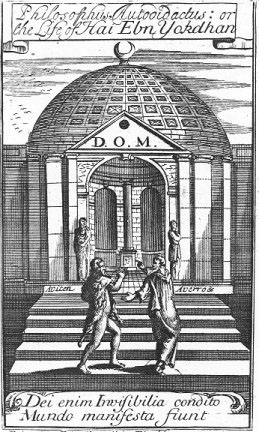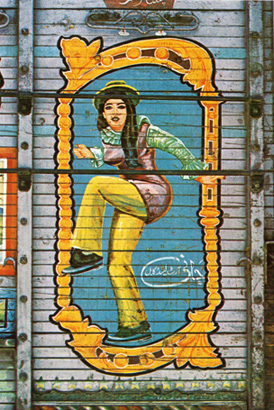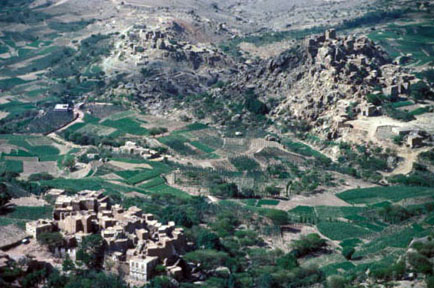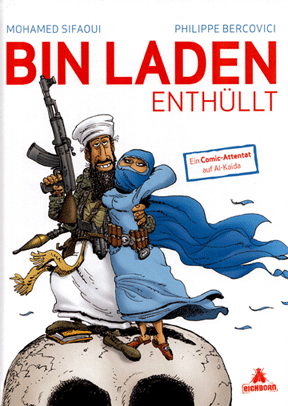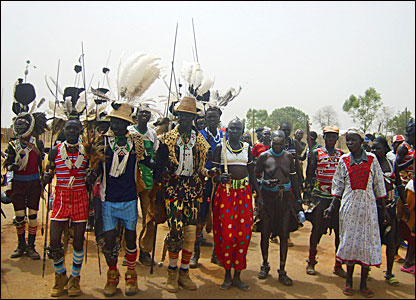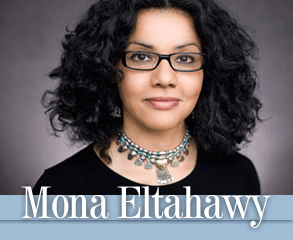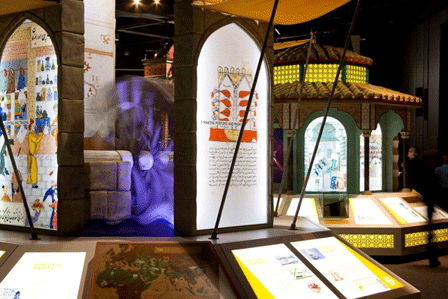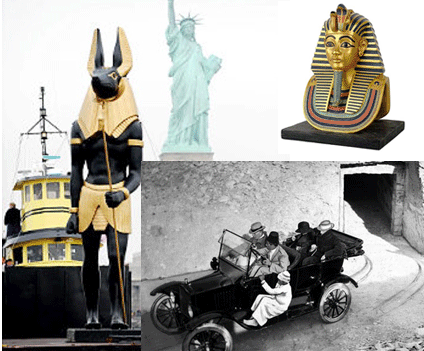
bottom right, Car used to transport Lord Carnarvon to and from Tut’s tomb in the 1920s
Conspiracy theorists and Hollywood movie moguls love King Tut. Take a young boy who becomes Pharaoh at age 9, only rules for a decade, marries his sister, and whose long forgotten tomb with gold aplenty is discovered in full media light in the Roaring 20s … and what do you have: an Ancient Egyptian prequel to Star Wars. Add to it a curse like “Death shall come on swift wings to him who disturbs the peace of the king” and there is even more mummy stardust. But the curse has it wrong; it should have read “Profit shall come on swift wings to him who distributes as many pieces as possible about the king.” Millions of people worldwide have read about King Tut, stood in line to see the major exhibitions and come under the spell of the glittering gold. I remember the long lines outside the Met in 1976, the emptiness on descending tourist-style into King Tut’s tomb in the Valley of the Hidden Kings, and the less than spectacular ambiance of Tut’s remains in Cairo’s old museum.
Yesterday I had the opportunity to rediscover Tut in the exhibit still running at the Discovery Times Square Exhibition. But hurry, if you are in New York, because Tut moves on to another set of paying admirers after January 17. Continue reading Rediscovering the Uncovering of King Tut
